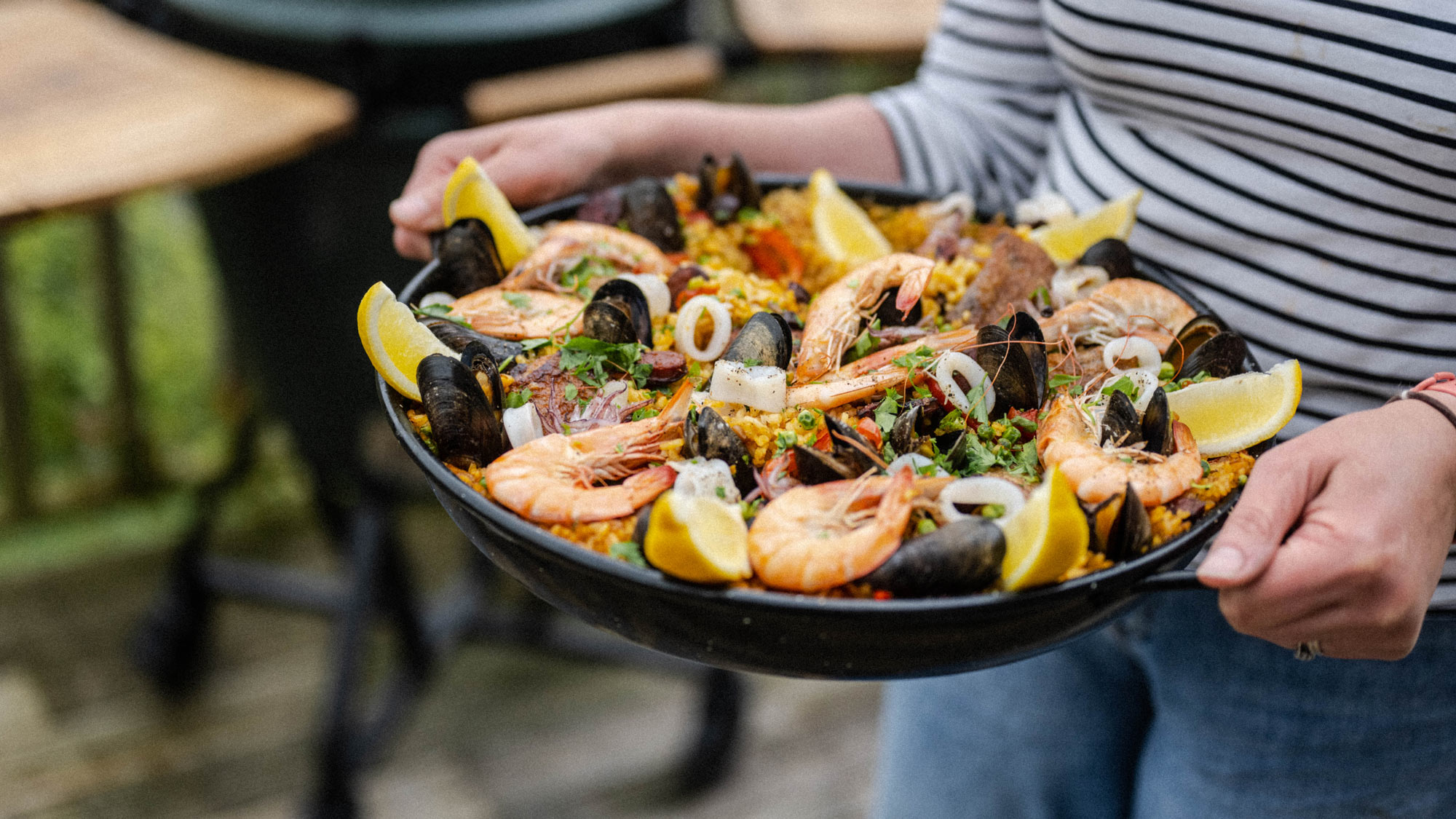Recent studies display that China’s huge use of antibiotics has induced critical water and food infection throughout us and created a public health crisis. It’s additionally being exported to the USA, hidden in seafood and birds.
In June 2006, an infant receiving antibiotic remedy for fungal infection and pneumonia in a health center in Guangzhou City was found to be inflamed with a form of outstanding microorganism immune to seven varieties of antibiotics. The first-generation cephalosporin became ineffective, and second-generation cephalosporin became useless; 1/3 and fourth generations, again, didn’t do something.

Doctors then tried the most effective antibiotics, including imipenem, cilastatin, and cefepime dihydrochloride; however, none could alleviate the symptoms. Dr. Song Yanyan, who became concerned about the remedy, told the Chinese media, Sina, that many newborn toddlers are determined to carry first-rate bacteria. In antibiotic susceptibility tests, 70 percent of newborns have been determined to expose resistance to one or more antibiotics, a large boom compared with the past, and the resistance maximum probably comes from their mothers throughout pregnancy.
Antibiotics in Meat and Inside the Environment
While developing public worries over antibiotic pollutants, Dr. Ying Guangguo, a leading researcher of antibiotics at the Guangzhou Institute of Geochemistry, Chinese Academy of Sciences, led a research group throughout China to analyze the dimensions of antibiotics intake and discharge into the surroundings. Starting in 2006, the group accrued samples from 58 principal river systems and farm animal farms in Guangdong, Guangxi, Hunan, and Hebei provinces.
Based on the research results, an “Antibiotics Pollution Map” was produced in June 2015. The quantity of antibiotics consumed in China was disclosed for the first time. In 2013, 162,000 tons of antibiotics were consumed in China—52 percent for veterinary use and 48 percent for human use.
The researchers, in particular, centered on 36 kinds of the most typically detected antibiotics. The annual intake of these antibiotics turned into greater than ninety 000 lots, of which eighty-four percent was given to farm animals. Most of the antibiotics are subsequently excreted by human beings and animals. According to their research, every year, more than 50,000 tons of antibiotics are discharged into the environment, with fifty-four percent finishing up in the soil and forty-six percent in the water machine.
The five antibiotics showing the biggest presence of pollutants are, from excessive to low, amoxicillin, florfenicol, lincomycin, penicillin, and norfloxacin. They are all used in the treatment of diverse bacterial infections.
The pollutants map may indicate that the most polluted areas in China are the more economically advanced areas, including Guangdong, Jiangsu, Zhejiang, and Hebei.
Compared with other countries, the full concentration of antibiotics in China’s rivers is much better. Based on facts gathered from the fifty-eight principal rivers, the average antibiotics attention is 303 ng/L, compared with 120 ng/L in the U.S., 20 ng/L in Germany, and nine ng/L in Italy. The maximum antibiotic-tainted river sample Dr. Ying’s team identified was a study of se en 560 ng/L of general antibiotics. In pig and bird farms, because of the large numbers of animals, farmers depend on adding antibiotics to the feed to reduce the possibility of infectious sickness. Similarly, aquaculture farmers often upload antibiotics while feeding fish, shrimp, and crab.
According to Dr. Ying, the Pearl River Basin has a high population density, and Guangdong Province has many pig and chook farms. It has the very best number of fish ponds in the United States. Also, in rural regions, wastewater is generally immediately discharged without any remedy. Therefore, the total consumption of antibiotics within the Pearl River Basin is highest in China. And the emission of antibiotics back into the surroundings in this region is likewise one of the maxima.
Dr. Ying summarized what he determined in pigs, poultry, cows, and aquaculture farms.
His team detected high concentrations of antibiotics in pig, bird, and duck feces. For instance, the best degree of an antibiotic detected in the Pearl River area pig feces changed into tetracycline, with a median concentration of 5.6mg/kg.
A pig farmer in Zhaoqing, Guangdong Province, whose name was no longer given in the Have a Look, instructed Dr. Ying that for every pig, from delivery till it weighs about 260 pounds in about seven months, he generally spends 1,300 yuan on feeds and three hundred yuan on special veterinary drugs. “We are scared about the amount of drug management. However, we should do it this manner while pigs get ill,” the farmer said.
According to Dr. Ying, cow farms also use antibiotics. “Cows get inflammation if they’re milked daily,” he explained.
“I used to assume free-range chickens were not given any antibiotics,” Dr. Ying stated. But they’re also given huge portions of antibiotics as the farmers try to cause them to develop faster and save you from the avian influenza outbreak. Seven antibiotics were detected in the dust at the lowest of fish ponds. In common, the mud has antibiotic attention of 524 μg/kg. The most tainted pattern gathered became as excessive as three,400 μg/kg.





